Phases of the Moon
by Jeff Hutton

Hello, Astronomers! Well, I guess that this week wasn’t the best for Moon watching was it? I heard the weatherman on TV say that this has been one of our wettest springs ever. The clouds that brought the rain sure blocked our view of the sky most evenings!
Did you manage to get more phases drawn in on your Lunar Observing Record Chart? If you did I’d love to see how you did. If you can, scan your chart and send it to me at jeffp.hutton@gmail.com The best way for us to understand nature is to find more than one way to show that something is true, or at least likely. Last time, I showed you a model that demonstrates how the moon changes phases throughout the month. Now I want you to see a different way to explain these phases.
Try This. Ask if you can borrow a couple of things that you probably have around the house. First, find a ball. The ball must be round, a baseball will work fine, but not a football! Next, find a flashlight, the brighter the better. Now go into a darkened room or wait until night and place the ball on something that will hold it still, at eye-level and visible from all directions. Place your flashlight on another table, level with the ball. Point it at the ball and then walk around the table. How does the ball look from the same direction as the flashlight? How about when you see the ball in the same direction of the flashlight?
Check out the illustration below. Each of the four observers are looking at the ball that is lit by the flashlight. Can you draw in their circles what you think how each observer sees the ball? How does the ball appear to each observer?
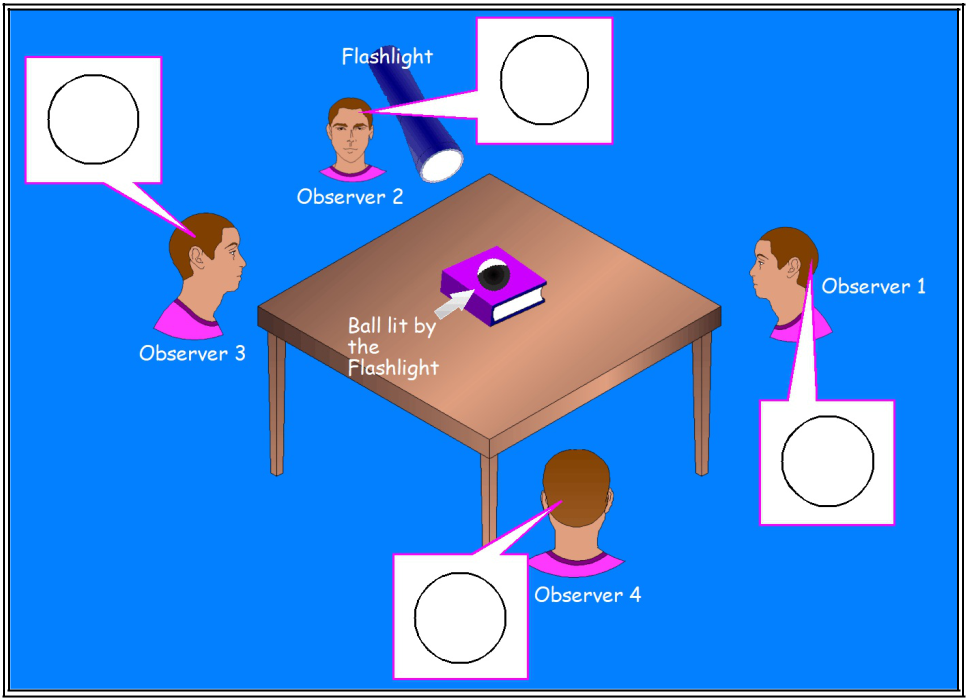
Look at the illustration below. Instead of you moving around the ball, the ball moves around you-like the Moon! Using what you’ve already learned about the Moon’s phases, can you guess which phase the “Moons” below would show you as they revolve around your head? Draw the shaded parts of each ball below and write which phase is showing to the observer in the middle.

Finally, let me leave you with a beautiful picture by my friend, Steve, that shows the phases of the moon over entire lunar cycle, or ‘moonth’.
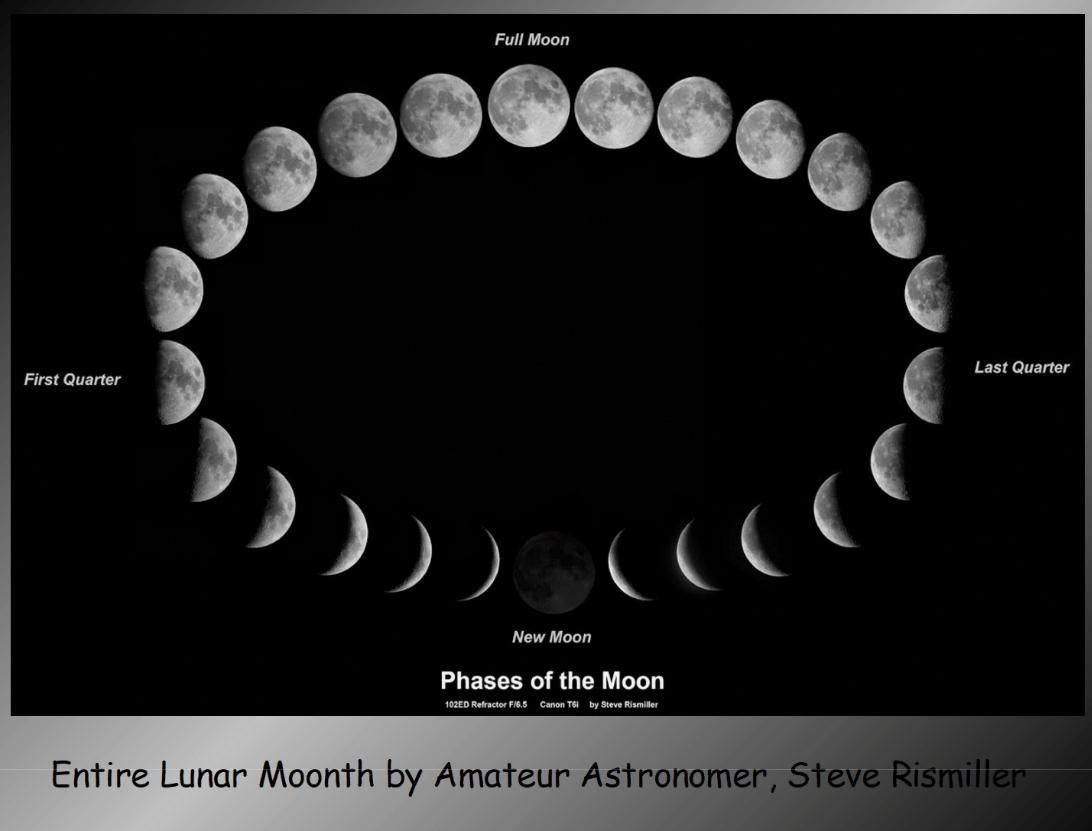
Click HERE for a printable PDF of this activity!
Next week: Eclipses!


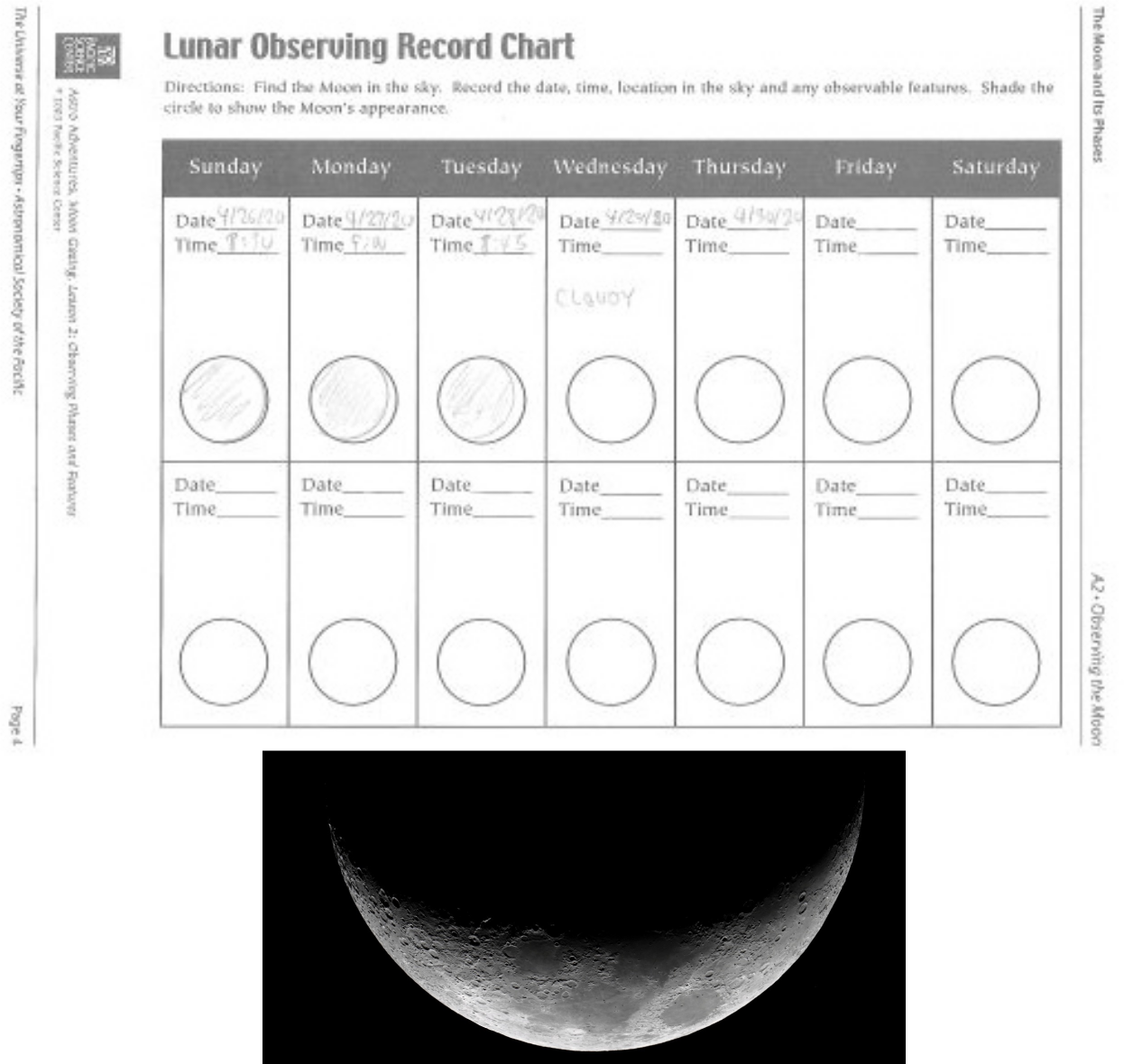





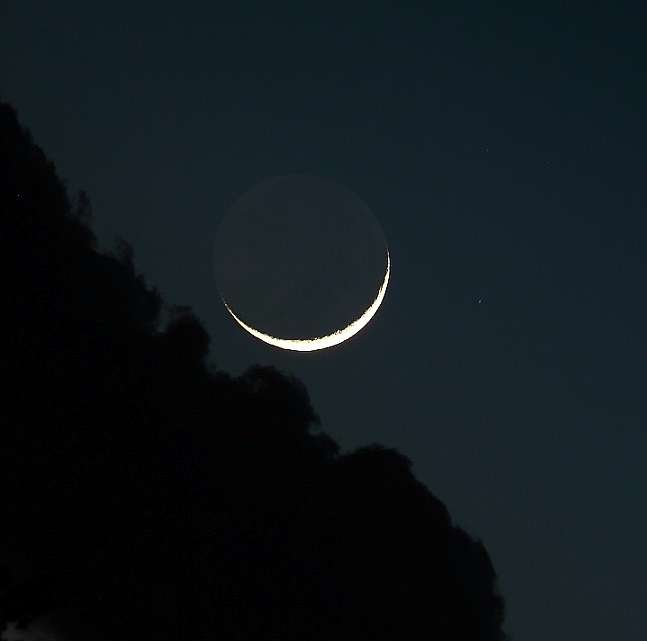

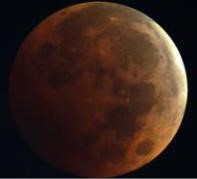
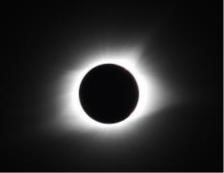

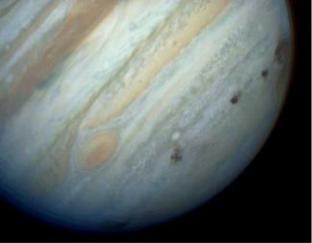
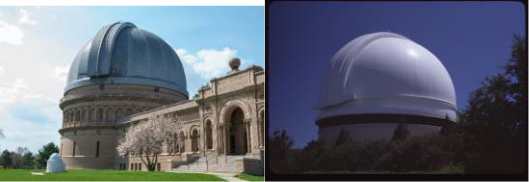
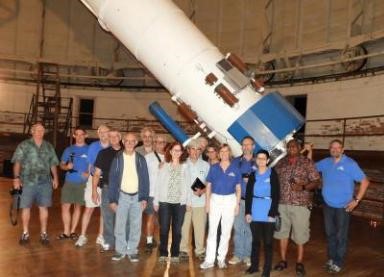

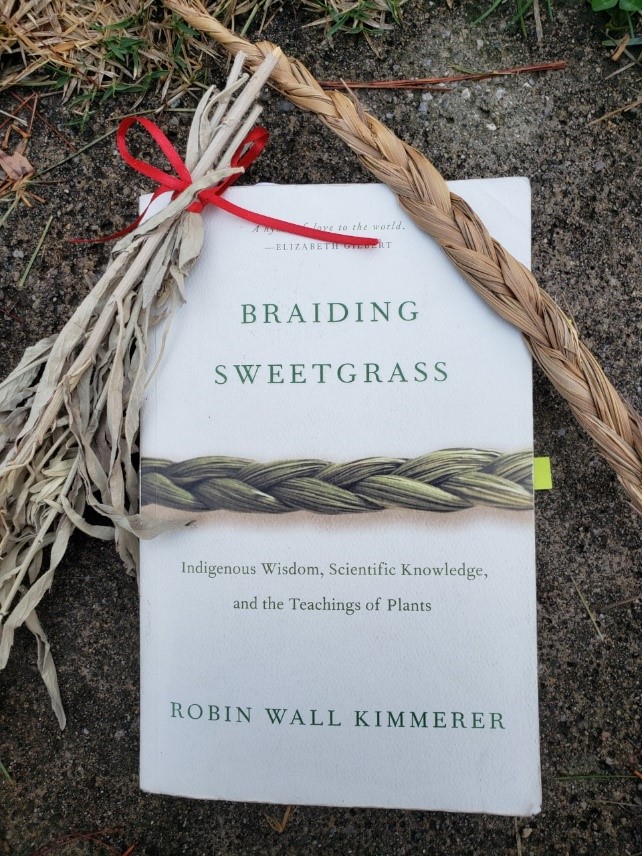
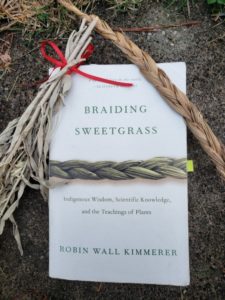 In the formal classrooms of the 21st Century, children rarely have the opportunity to explore the natural world, and they rarely have the opportunity to let their curiosity guide their explorations. This time when we are all asked to be healthy at home seems a perfect opportunity to rekindle the spark of curiosity and a sense of wonder about the world. I see adults posting on social media things they have never before noticed about the world around them, but in this time of slowing down, they have once again begun to notice.
In the formal classrooms of the 21st Century, children rarely have the opportunity to explore the natural world, and they rarely have the opportunity to let their curiosity guide their explorations. This time when we are all asked to be healthy at home seems a perfect opportunity to rekindle the spark of curiosity and a sense of wonder about the world. I see adults posting on social media things they have never before noticed about the world around them, but in this time of slowing down, they have once again begun to notice.
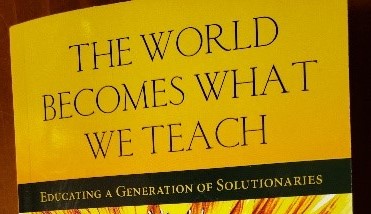
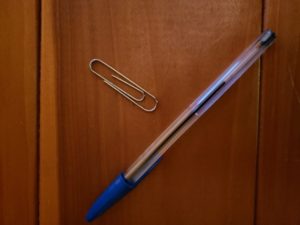 Perhaps you pick up an ink pen. Each of you take a turn sharing whatever you can imagine that object could be used for. You can imagine it far larger than it actually is, or far smaller, or just the same size. For example, pens have long been used as paper shooters—but what about as straws? Or maybe it could be a bridge for ants. Or a baton for someone leading a parade. Or if it was much larger, perhaps it could be a water pipe. You get the idea…Keep going until you absolutely run out of ideas and then pick another simple object, say…a paper clip, then start again.
Perhaps you pick up an ink pen. Each of you take a turn sharing whatever you can imagine that object could be used for. You can imagine it far larger than it actually is, or far smaller, or just the same size. For example, pens have long been used as paper shooters—but what about as straws? Or maybe it could be a bridge for ants. Or a baton for someone leading a parade. Or if it was much larger, perhaps it could be a water pipe. You get the idea…Keep going until you absolutely run out of ideas and then pick another simple object, say…a paper clip, then start again.


